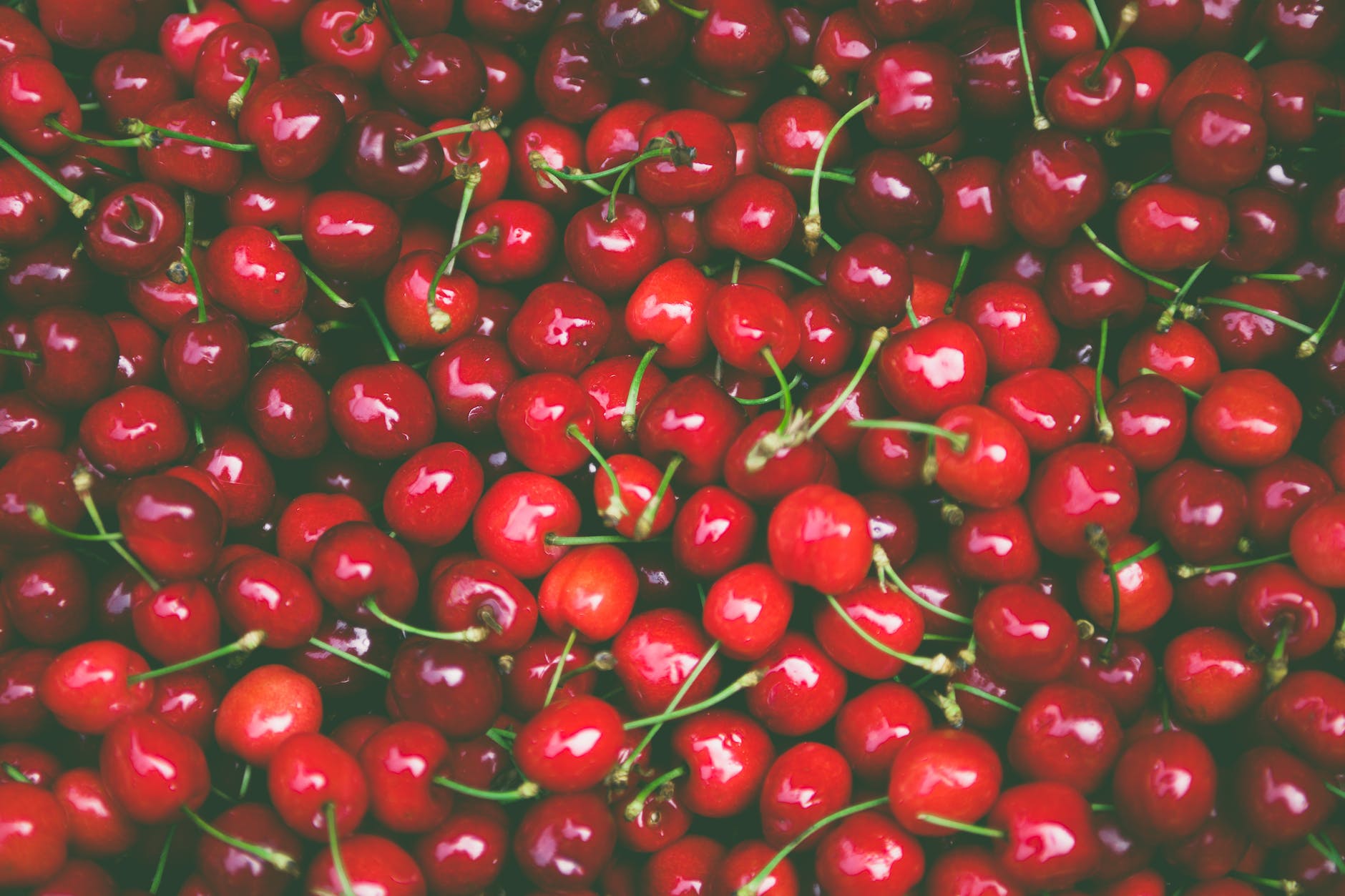Toothaches can be debilitating, affecting our ability to eat, sleep, and even function during daily activities. While there are numerous over-the-counter treatments available, many individuals seek natural and home remedies to alleviate the pain. In this post, we delve into the recommendations provided by Medical Centric on how to treat a toothache at home.
Embedded Video: How To Treat A Toothache At Home by Medical Centric
1. Salt Water Rinse
One of the simplest yet most effective remedies, a salt water rinse can help reduce inflammation and pain. Mix a teaspoon of salt in a cup of warm water, swish the solution in your mouth for about 30 seconds, and then spit it out.
2. Cold Compress
A cold compress can numb the pain and decrease inflammation. Wrap a bag of ice in a towel and hold it against the affected cheek for intervals of 10 minutes.
3. Peppermint Tea
Peppermint tea can soothe a toothache and reduce inflammation. The menthol in peppermint also acts as a numbing agent. Brew a cup using dried peppermint leaves and either rinse your mouth with it or sip it slowly.
4. Hydrogen Peroxide
Hydrogen peroxide can help in disinfecting and alleviating pain. However, it’s crucial to dilute it before using it as a rinse to avoid any potential harm.
Understanding Toothaches
Toothaches, or dental pain, arise from various causes, including inflammation of the pulp, dental trauma, cavities, dental abscesses, and more. It’s essential to understand that while home remedies can provide temporary relief, they don’t address the root cause. Therefore, consulting a dentist for a professional diagnosis is crucial.
Did You Know? Toothache is considered one of the primary reasons for emergency dental appointments. It’s also one of the most common types of pain in the mouth or face.
Final Thoughts
While these home remedies can offer temporary solace, it’s imperative to consult with a dentist to determine the underlying cause of the toothache. Proper oral hygiene can prevent many dental issues, but when pain strikes, knowing these remedies can provide much-needed relief.
Credits: A special thanks to Medical Centric for their informative video on treating toothaches at home. For more health-related content, visit their YouTube channel.
FAQs for the Post:
- How does a salt water rinse help with toothaches?
- A salt water rinse can reduce inflammation and eliminate bacteria, providing temporary relief from dental pain.
- Is a cold compress effective for all types of toothaches?
- A cold compress is primarily effective for toothaches caused by inflammation. It helps numb the area and reduce swelling.
- How does peppermint tea alleviate dental pain?
- Peppermint tea contains menthol, which has natural numbing properties. Additionally, it can reduce inflammation and has antibacterial properties.
- Is hydrogen peroxide safe for all ages?
- While hydrogen peroxide can be effective, it should be used with caution and always diluted. It’s advisable to consult with a dentist before using it, especially for children.
- How often should I use these home remedies?
- These remedies can be used as needed for temporary relief. However, if the pain persists or worsens, it’s essential to seek professional dental care.
Blog Tags for the Post: toothache relief, home remedies, dental care, natural treatments, pain management, oral health, Medical Centric, dental pain solutions, DIY toothache remedies.












